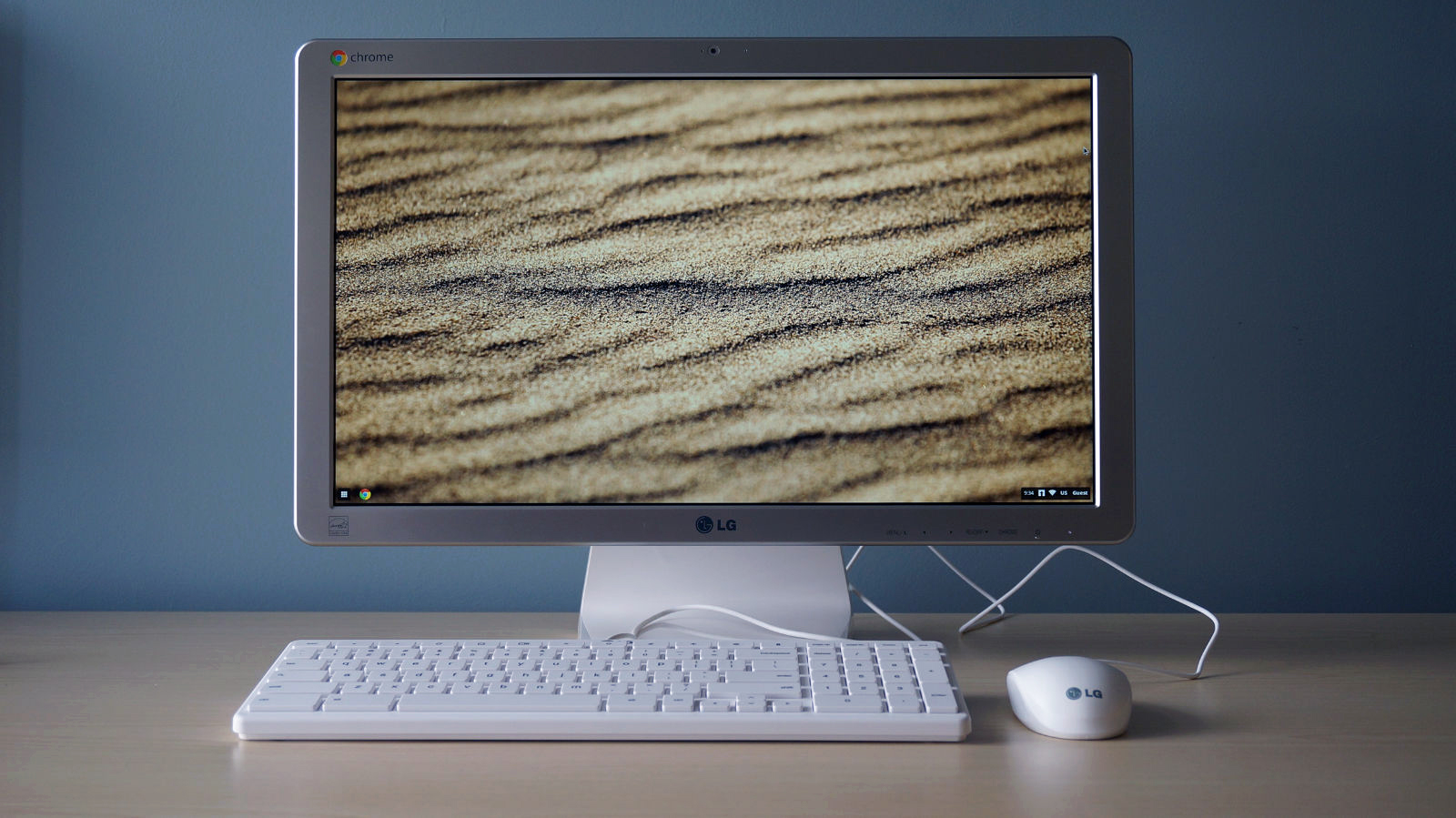Why you can trust TechRadar
Similar to the Chromebook, the Chromebase loses almost all usability if there isn't a persistent online connection. That might not be as much of a problem with this desktop, since it houses integrated Wi-Fi and an Ethernet port.
However, if the Internet service goes out, the system becomes little more than a pretty screen. It is possible to download documents to the local drive, and certain apps work offline, but keep in mind that Chrome OS relies very heavily on the cloud. Fortunately, the Chromebase handles USB drives with no problem, and can read NTFS format to boot.
Getting comfortable with the Chromebase
Frankly, the Chrome OS keyboard takes getting used to. There are no function keys. The top row of keys is either replaced by Chrome-specific operations, represented by vague icons, or operate general settings like brightness and volume.

Worse off, the keys aren't all in places that make sense. For example, the refresh key is where F3 would be, not F5 (the refresh key on Windows and Mac keyboards). The most annoying bit of the keyboard is the lack of a caps lock key, which drives a typist like me – who uses a lot of acronyms – absolutely nuts.
Instead, the key is replaced by a Search key, while relegating the caps lock function to Alt + Search. That said, there is no doubt a learning curve here, especially when coming from a Windows or Mac background. It was a long while before I started feeling productive with the Chromebase.
Watching a TV show using Google Play proved to be a less than satisfactory experience, since a one hour program suffered from a lot of stuttering during playback. Thankfully, these issues weren't present while watching YouTube videos or Netflix videos, which is strange, considering how the player looks identical to YouTube.
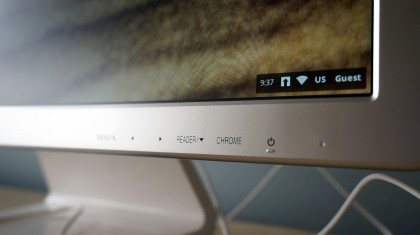
The rear-facing speakers are pretty weak and poorly placed. I was initially disappointed, because hardly any sound came out of them even after cranking the volume up to max. It wasn't until later that I discovered that there are two sets of volume controls. One is found on the keyboard, which adjusts the sound through Chrome OS. The other on unlabeled arrow buttons beneath the screen, on the thick, silver plastic bezel, which changes the volume at the hardware level.
Even if you overlook how unintuitive that is, the sound comes out tinny and becomes distorted when set too loud regardless. Your best bet is to either stick with headphones or pair the system up to a bluetooth speaker, like the Jambox Mini. (At least that's what I used.)
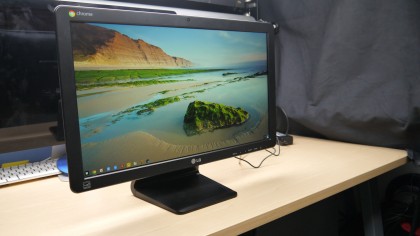
In addition to silver, the Chromebase is available in matte black. This makes no difference to the practicality of the machine; silver gives it a more "mac-like" appearance, whereas the black finish may be the way to go if you watch videos and movies full-screen and prefer dark borders around the image.
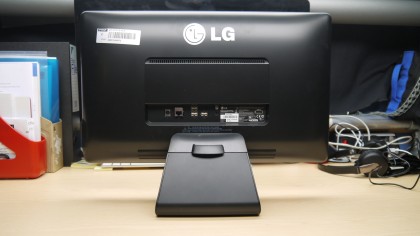
Digging into the desktop
The screen itself is decent enough, but I've seen better even on budget all-in-one PCs running Windows, like the Acer Aspire Z3. While this LG monitor isn't exactly eye-popping, it is bright, produces a good range of color and doesn't suffer from glare.
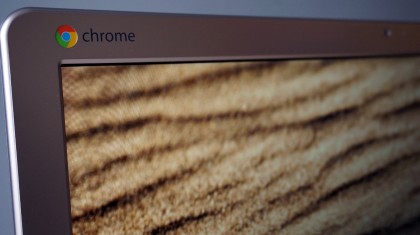
The screen also offers two handy reader modes, which reduce the blue light so that the screen looks more like paper, and therefore reduces eye strain. The first mode gives the picture an almost salmon-colored hue. The second is more white but isn't as bright as the normal viewing mode.
After poring through a few chapters of a Kindle book using the Amazon Cloud Reader, I can't say with 100% certainty that either reader mode reduced my eye fatigue. However, returning to normal brightness definitely stung my eyes for a bit. While neither of these modes will stand in for an Amazon Kindle Paperwhite, it's a good function to have.
Another big plus for the Chromebase is the built-in webcam for Hangouts. The picture comes in nice and clear, and even works well in low-light conditions. One potential downside is the fact that there is no microphone jack, so those that like to use headsets for Internet calls will have to use a USB option. However, doing so will take up one of the few remaining USB ports.
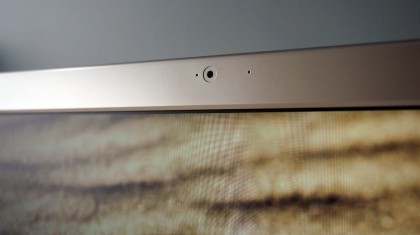
Final verdict
Making the switch over to Chrome OS from a Windows or Mac background is a significant culture shock. But, aside from a few quibbles, the LG Chromebase does exactly what it sets out to do.
It's a decent, large screen all-in-one PC that performs well and costs less than a base model iPad Air. The main problem is the sense of minimalism and lack of versatility when stacked up against Windows or Mac systems.
But if you're already a heavy user of Google Docs, Drive, Gmail, and Calendar for your everyday computing, then you're already familiar with the majority of Chrome OS's defining tools. It's just a matter of making the leap and relying on the Chrome browser exclusively to fill your needs. If you can live with that, then the LG Chromebase is an excellent value.
